
Discover how leveraging Machine Learning enhances the accuracy of Flood Forecasting and strengthens disaster preparedness.
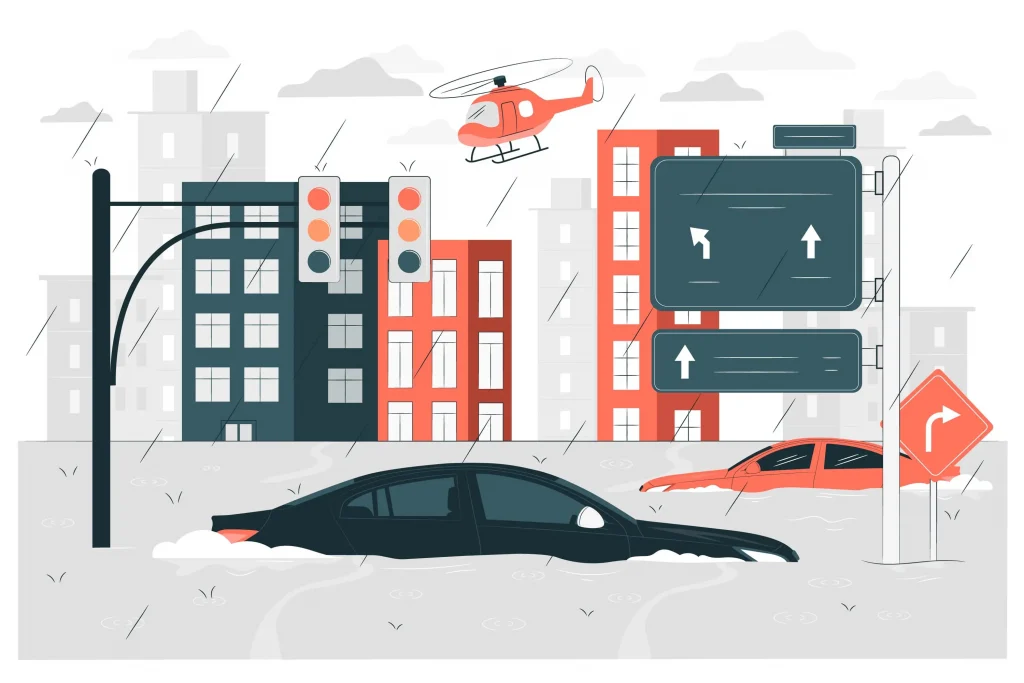
Floods are among the most devastating natural disasters, causing significant damage to life, property, and infrastructure. Accurate flood forecasting is essential for effective disaster management and mitigation. Traditional flood prediction models have relied heavily on statistical methods and historical data, but these approaches often fall short in capturing the complex patterns inherent in environmental data. Enter machine learning—a powerful tool that is transforming flood forecasting with enhanced accuracy and predictive capabilities.
Flooding is a major natural disaster affecting millions worldwide, and its prediction remains a significant challenge. Accurate flood forecasting is essential for mitigating the adverse effects on human lives and infrastructure. Traditional flood prediction models rely on classical machine learning techniques such as Support Vector Machines (SVM), K-Nearest Neighbors (KNN), regression, and Autoregressive (AR) models. While effective, these methods face limitations in handling large datasets and complex patterns inherent in environmental data.
Uncertainty in flood forecasting arises from various aspects such as rainfall, model structure, model parameters, etc. Therefore, improving the accuracy of flood forecasting from these aspects has become an essential part of flood prevention and mitigation research.
Due to a lack of information, small and medium-sized rivers experience complex and variable flood risk situations, which often lead to inaccurate and slow selection of parameters for forecasting flood processes.
Machine learning (ML) offers a robust alternative to traditional models by leveraging large datasets to uncover complex, non-linear relationships between various environmental factors. ML algorithms can process vast amounts of data from diverse sources, including weather stations, satellite imagery, and IoT sensors, to identify patterns and predict flood events with remarkable accuracy.
A comprehensive review by Lai et al. (2023) emphasizes the superiority of ML models in flood forecasting, highlighting their ability to adapt and learn from new data continuously . These models excel in integrating multi-dimensional data, making them particularly effective in regions with diverse hydrological characteristics.
Certain studies have investigated the application of Quantum Machine Learning (QML) to enhance flood prediction accuracy and efficiency, specifically focusing on the Wupper River in Germany during 2023.
Machine learning vs. Physical Models
The most commonly used flood forecasting models currently rely on physics-driven or rule-based models. These methods typically incorporate known relationships and equations based on hydrological and meteorological principles. The information provided by standard models is often limited to explicit rules and predefined relationships, which may not capture the full complexity of the hydrological system.
In contrast, machine learning-based flood forecasting leverages the power of data, allowing for more dynamic and adaptable models. Machine learning models, particularly deep learning approaches, can learn complex patterns and relationships from data. This can enable them to provide more nuanced and data-driven insights into flood prediction, potentially uncovering relationships missed by physics-driven models.
In a study published in the Journal of Hydrology, Hsu et al. (2024) demonstrated the effectiveness of ML techniques in flood forecasting across various geographical regions. The study found that ML models significantly outperformed traditional statistical methods in predicting flood events, especially in areas prone to sudden and intense rainfall .
Another notable example is the application of ML in real-time flood forecasting systems. Researchers from the University of Iowa developed an ML-based system that integrates data from multiple sources, including river gauges and weather forecasts, to provide real-time flood predictions. This system has been successfully deployed in several U.S. states, helping local authorities make informed decisions during flood events.
Vassar Labs, through its aquaFLOOD system, is transforming flood forecasting by providing accurate and timely information on potential flooding events. The primary objective of aquaFLOOD is to deliver early warnings, forecast inflows, and identify areas at risk of inundation. Here’s how aquaFLOOD achieves this:
1. Integration of Real-Time Data:
2. Components of aquaFLOOD:
3. Effective Communication:
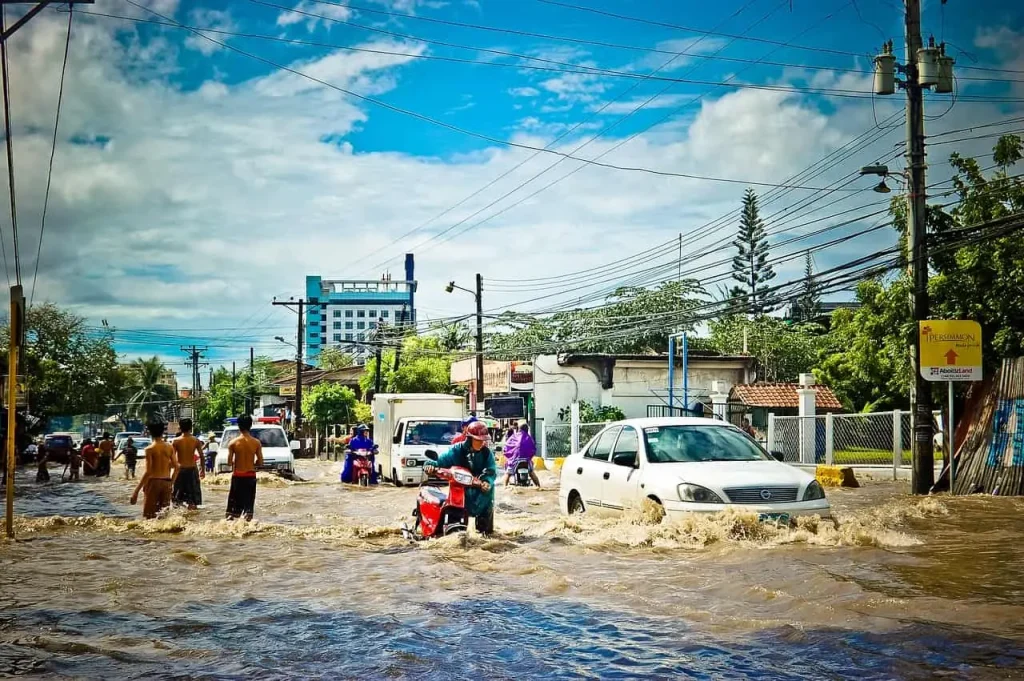
Vassar Labs leverages machine learning (ML) within the aquaFLOOD system to enhance the accuracy and reliability of flood forecasting. The ML models simulate water movement by considering various factors and datasets. Key aspects include:
1. ML Integration in aqua Model Manager:
2. Comprehensive Data Analysis:
3. Verification and Evaluation Mechanisms:
Despite the many benefits, machine learning (ML) models for flood forecasting face several challenges. One major obstacle is the quality and availability of data. In many regions, especially in developing countries, the lack of reliable and high-resolution data can significantly hinder the performance of ML models. Another issue is the “black-box” nature of some ML algorithms, which can make their predictions difficult to interpret, leading to trust issues among stakeholders.
To tackle these challenges, ongoing research is focusing on developing hybrid models that combine the strengths of both traditional and ML approaches. These models aim to enhance prediction accuracy while ensuring the results are understandable and trustworthy. Additionally, advancements in data collection technologies, such as remote sensing and IoT, are expected to provide richer datasets for training ML models.
Conclusion
Machine learning is transforming flood forecasting by providing more accurate and timely predictions. By leveraging vast amounts of data and advanced algorithms, ML models can identify complex patterns and offer early warnings that save lives and reduce economic losses. As technology continues to evolve, the integration of ML in flood forecasting systems promises to significantly enhance disaster management and resilience against future flood events.


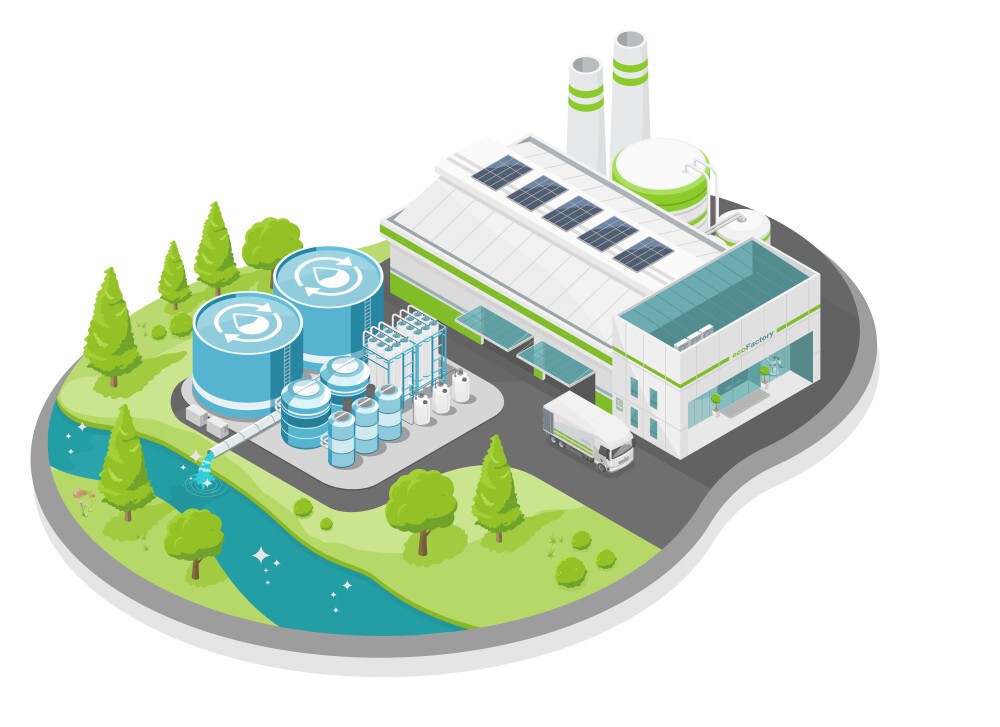
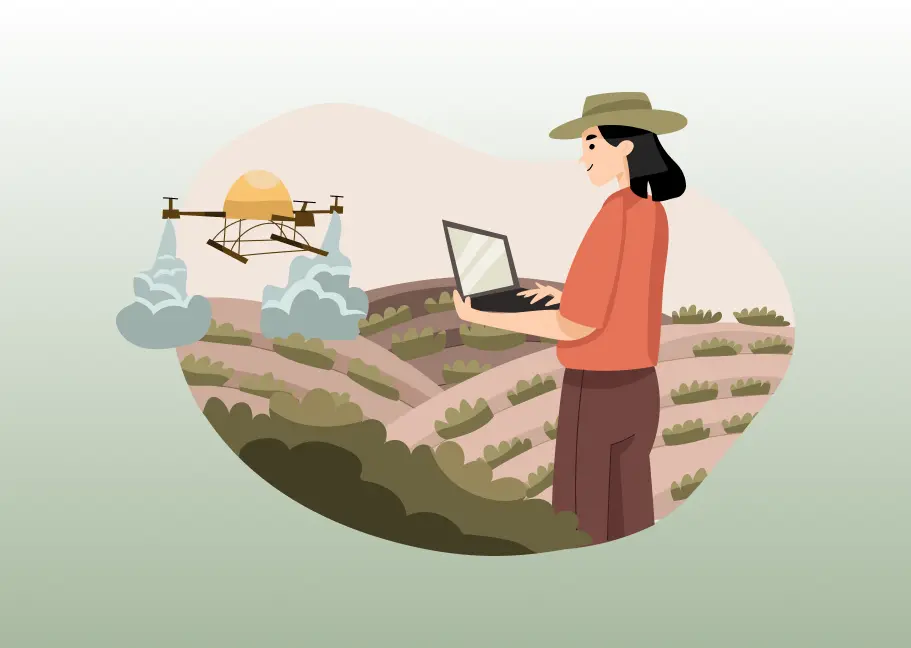

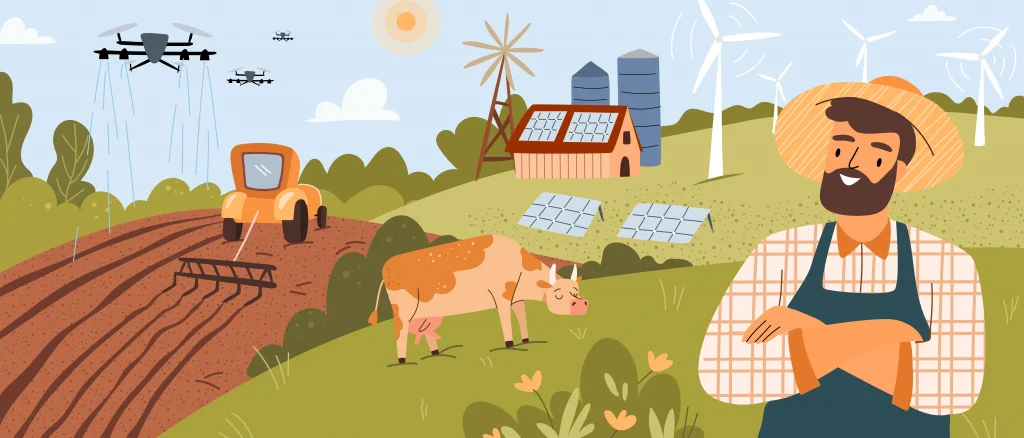
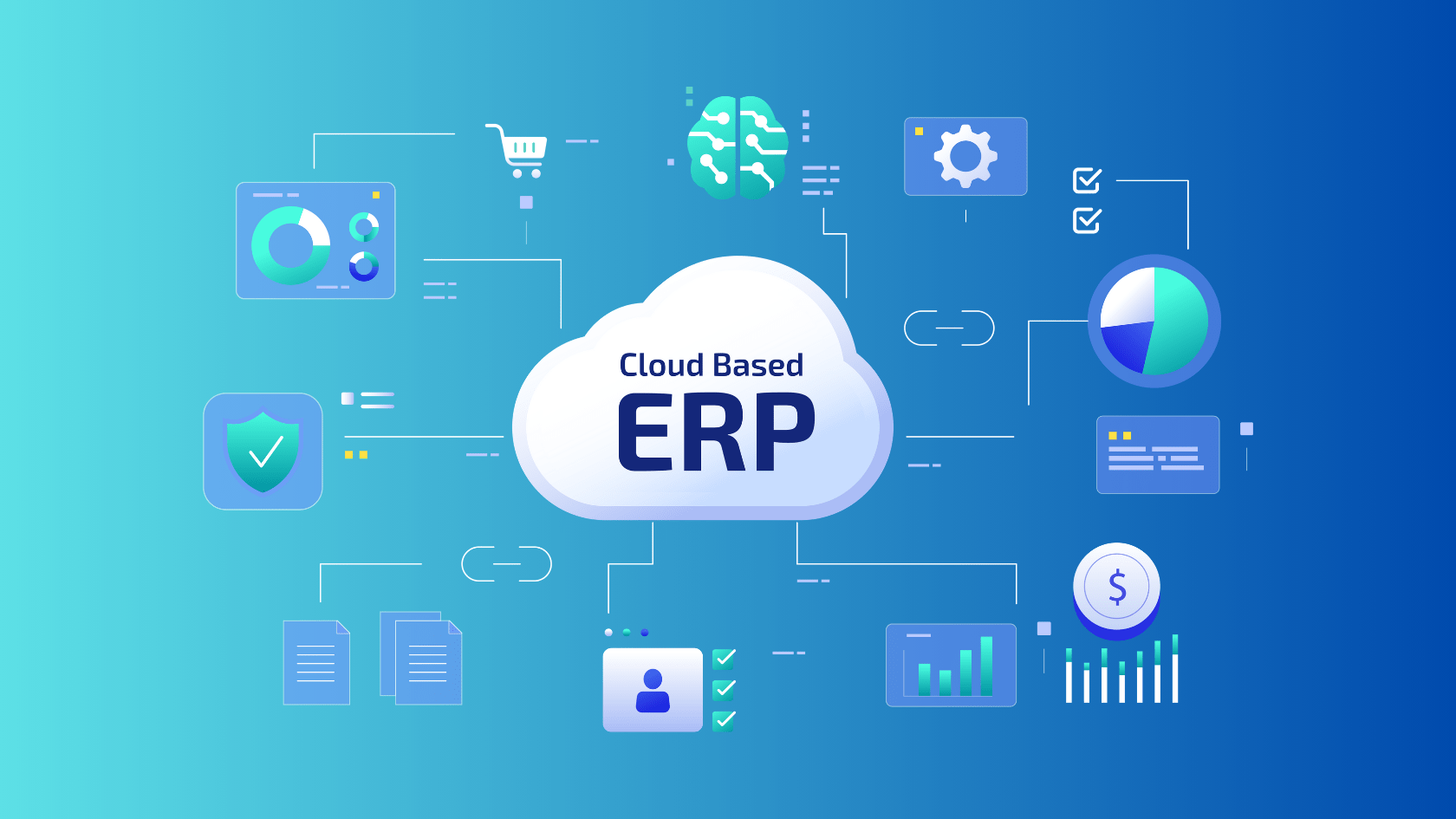

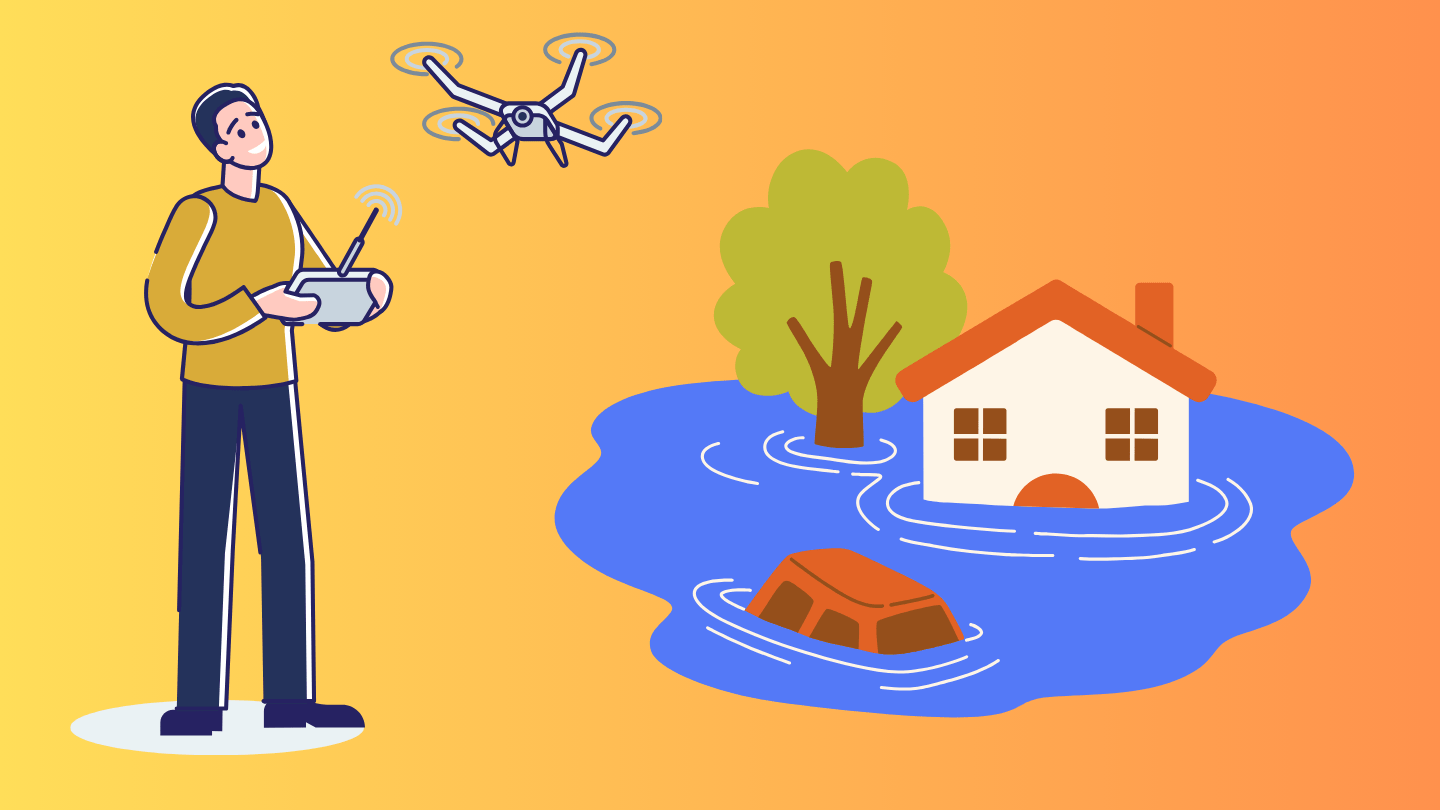

Copyright © 2025 Vassar Labs, All rights reserved.